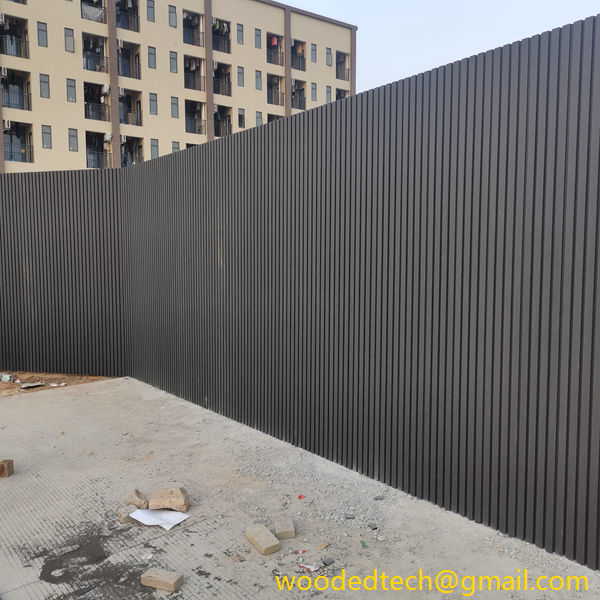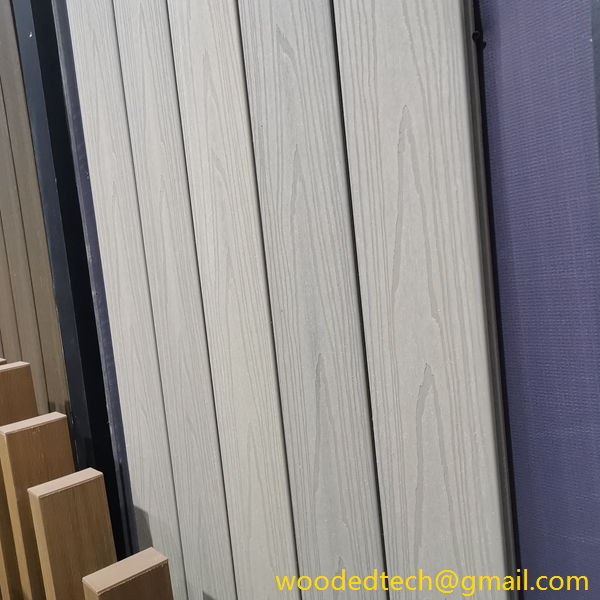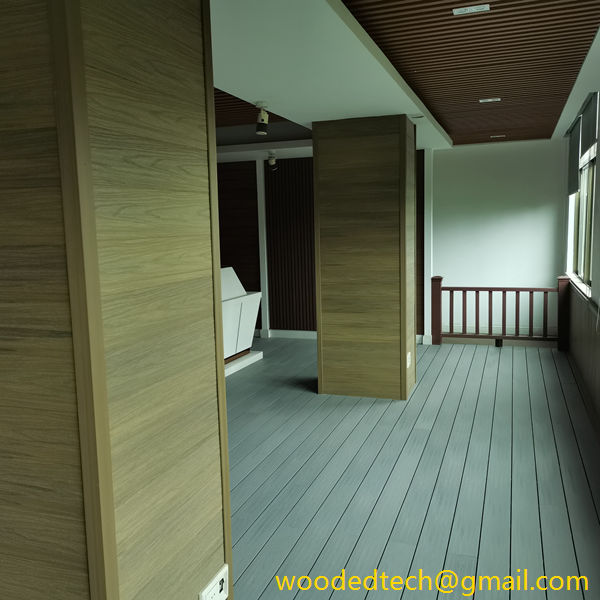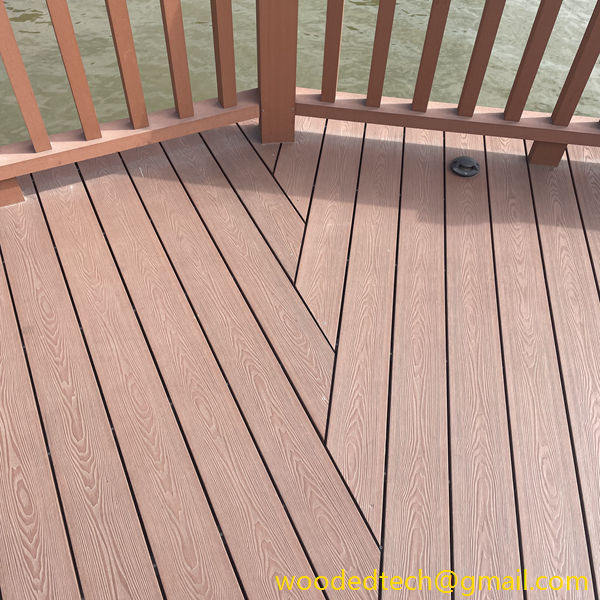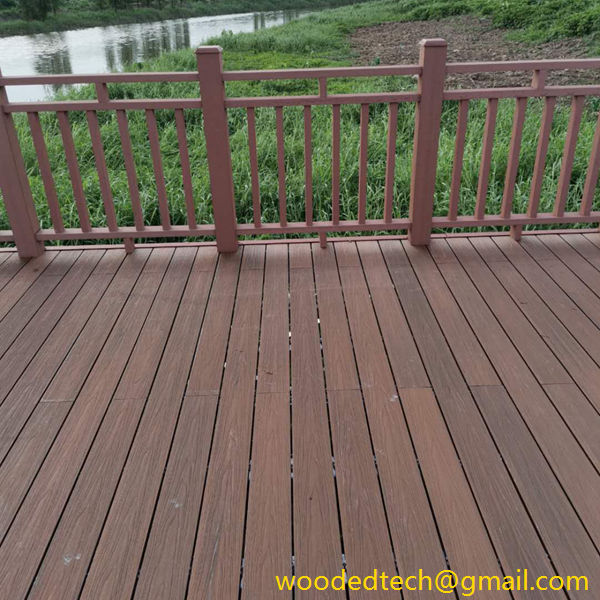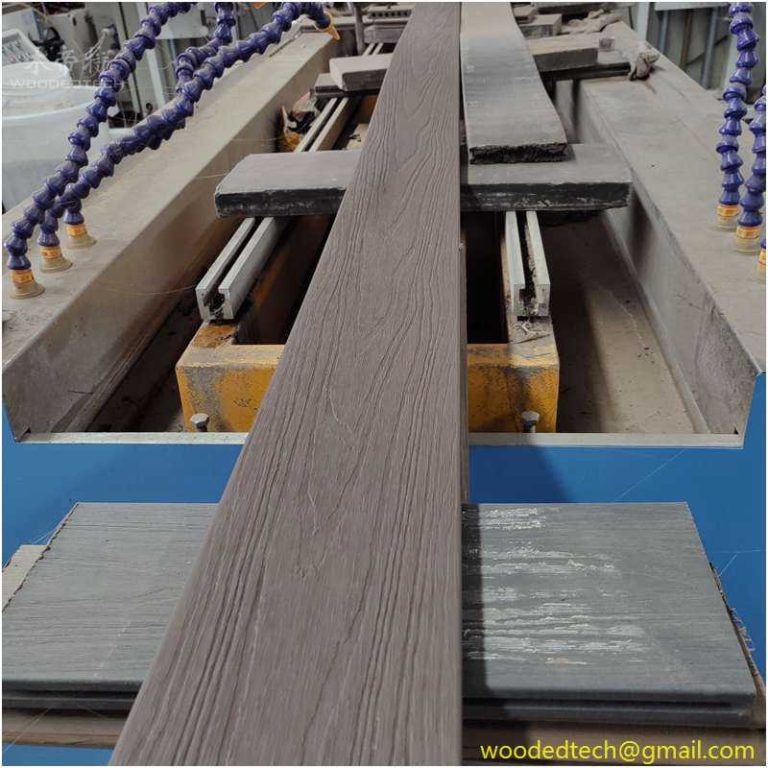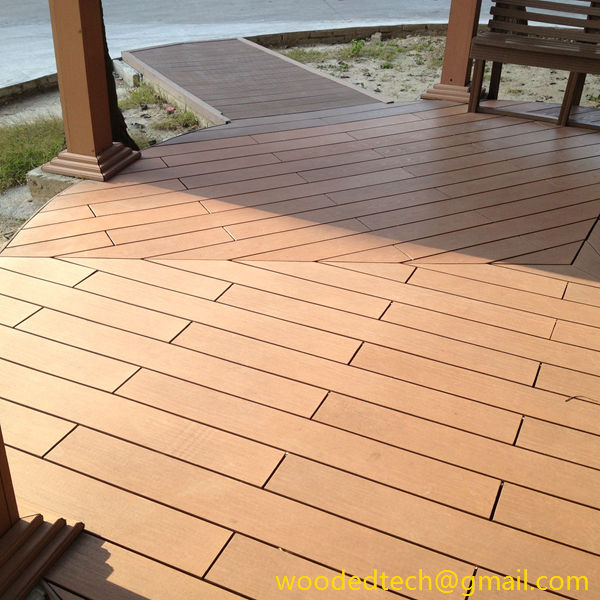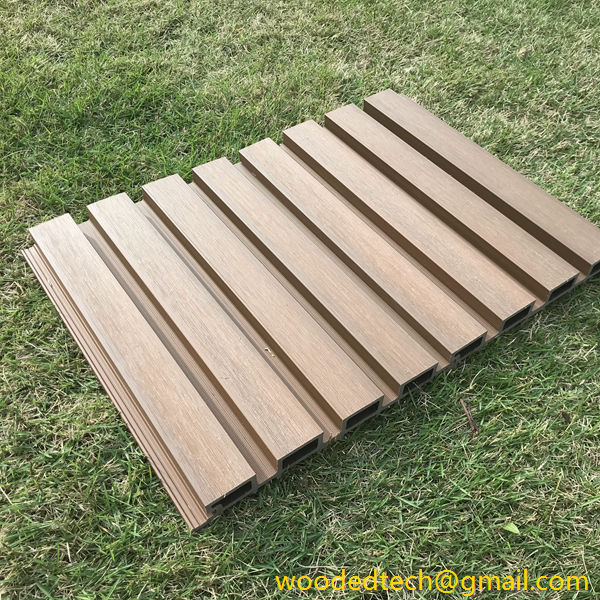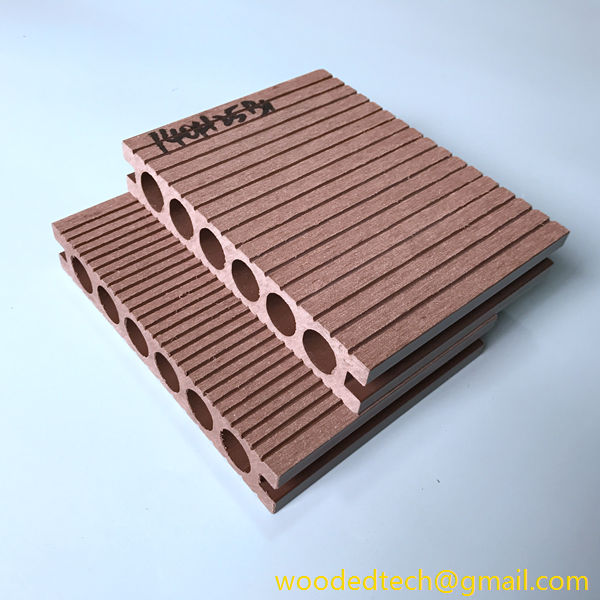Understanding Wall WPC Panel Price and Its Impact on Your Home Improvement Budget
Understanding Wall WPC Panel Price and Its Impact on Your Home Improvement Budget When it comes to home improvement, one of the most significant decisions homeowners face is the choice of materials for interior and exterior applications. Among the various options available, Wall WPC (Wood-Plastic Composite) panels have gained popularity due to their aesthetic appeal,…
Understanding Wall WPC Panel Price and Its Impact on Your Home Improvement Budget
When it comes to home improvement, one of the most significant decisions homeowners face is the choice of materials for interior and exterior applications. Among the various options available, Wall WPC (Wood-Plastic Composite) panels have gained popularity due to their aesthetic appeal, durability, and eco-friendliness. However, understanding the price of WPC panels and how it affects your overall home improvement budget is crucial for making an informed decision.
WPC panels are a versatile material that combines the best properties of wood and plastic. They are designed to mimic the appearance of natural wood while providing added durability against moisture, insects, and decay. This makes them an attractive choice for many homeowners looking to enhance their living spaces or outdoor areas. But, as with any building material, the price of WPC panels can vary significantly based on several factors.
One of the primary influences on the price of Wall WPC panels is the quality of the materials used in their production. Higher-quality panels, which often include a greater percentage of wood fibers and advanced additives, tend to be more expensive. These premium panels not only offer better aesthetics but also enhanced performance characteristics, such as greater resistance to fading and warping. If you are looking to invest in a long-lasting solution for your home, it may be worth considering these higher-end options, despite the initial cost.
Another factor influencing WPC panel prices is the manufacturing process. Panels that are produced through advanced techniques, such as co-extrusion, often come with a higher price tag. Co-extruded WPC panels have a protective layer that helps prevent scratches, stains, and UV damage, thereby extending their lifespan and reducing maintenance costs over time. While the upfront investment might be higher, the long-term savings in terms of maintenance and replacement can make them a more economical choice in the long run.
The thickness and size of the panels also play a crucial role in determining their price. Thicker panels, which provide better insulation and soundproofing, are generally more expensive than their thinner counterparts. Additionally, larger panels might cost more due to the increased amount of raw materials required for production. When planning your budget, it is essential to consider not only the initial purchase price but also how the size and thickness of the panels will impact installation costs and future energy savings.
Another aspect to consider is the design and finish of the WPC panels. Wall WPC panels come in various colors, textures, and styles, each affecting the overall price. Custom designs or finishes, which can give your home a unique look, are often more costly than standard options. However, investing in a distinctive design can significantly enhance the aesthetic appeal of your home, potentially increasing its market value if you plan to sell in the future.
Geographical location can also influence the cost of WPC panels. In regions where wood alternatives are more common or where local manufacturers produce WPC products, prices may be lower due to reduced shipping costs and competitive pricing. Conversely, in areas where WPC panels are not as readily available, you may find that prices are inflated due to shipping fees and limited supply. It is advisable to research local suppliers and compare prices to find the best deals while considering the quality.
Installation costs are another critical factor that should not be overlooked when budgeting for Wall WPC panels. While some homeowners may choose to tackle the installation themselves, which can save money, it is often beneficial to hire a professional. Proper installation is crucial to ensure the panels perform as intended and provide the desired aesthetic. Professional installers familiar with WPC materials will likely charge a fee based on the complexity of the project, but their expertise can save you from potential mistakes that could lead to further expenses down the line.
When incorporating WPC panels into your home improvement budget, it is essential to consider the overall value they bring. Beyond their initial cost, WPC panels can offer significant benefits, such as reduced maintenance requirements, energy efficiency, and a long lifespan. These factors can contribute to a lower total cost of ownership over time, making WPC panels a sound investment for homeowners.
Additionally, the eco-friendliness of WPC panels can also be a deciding factor for many. Made from recycled wood fibers and plastic, WPC panels are a sustainable alternative to traditional wood products. With an increasing emphasis on environmentally responsible building practices, choosing WPC panels not only benefits your home but also contributes to reducing waste and preserving natural resources.
In conclusion, understanding the price of Wall WPC panels and their impact on your home improvement budget is crucial for making informed decisions. From the quality of materials and manufacturing processes to design choices and installation costs, there are numerous factors at play. While the initial investment may vary, considering the long-term benefits and value that WPC panels provide can help homeowners make a cost-effective choice that enhances their living spaces while remaining within budget. As you plan your home improvement project, make sure to conduct thorough research, compare options, and consider both immediate costs and future savings to achieve the best outcome for your investment.

